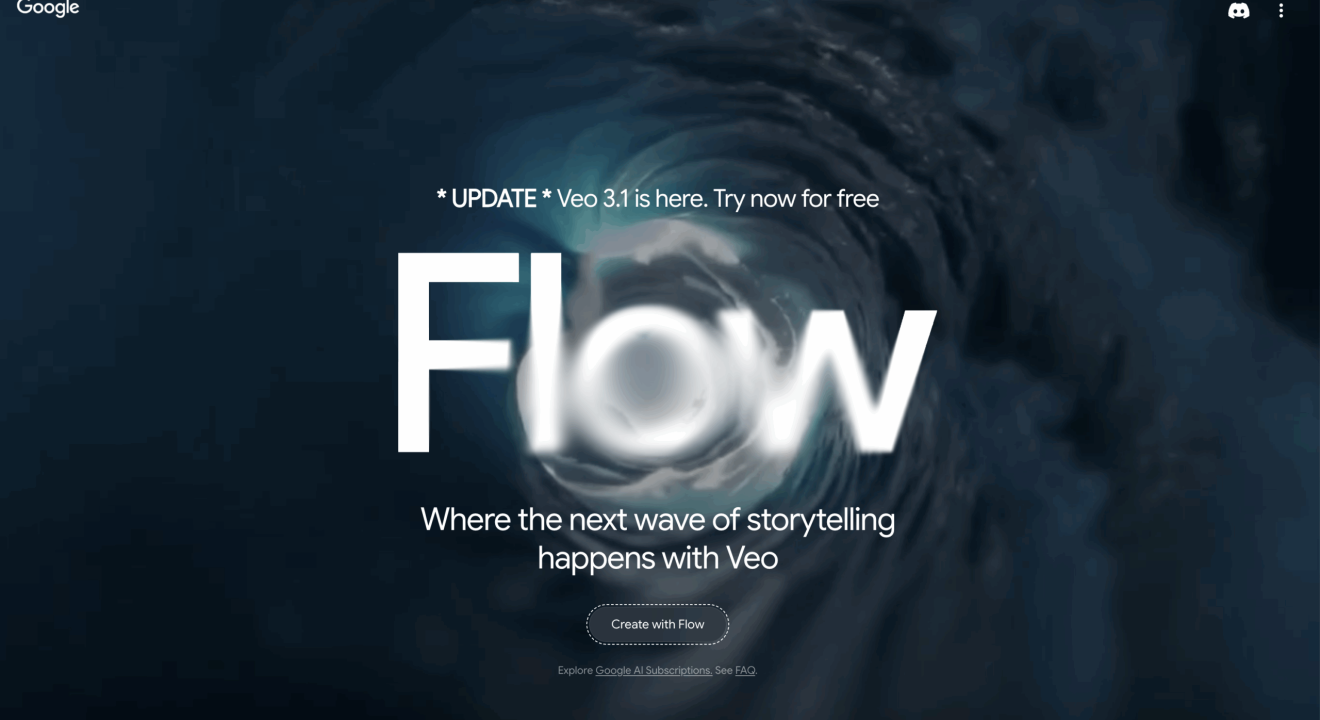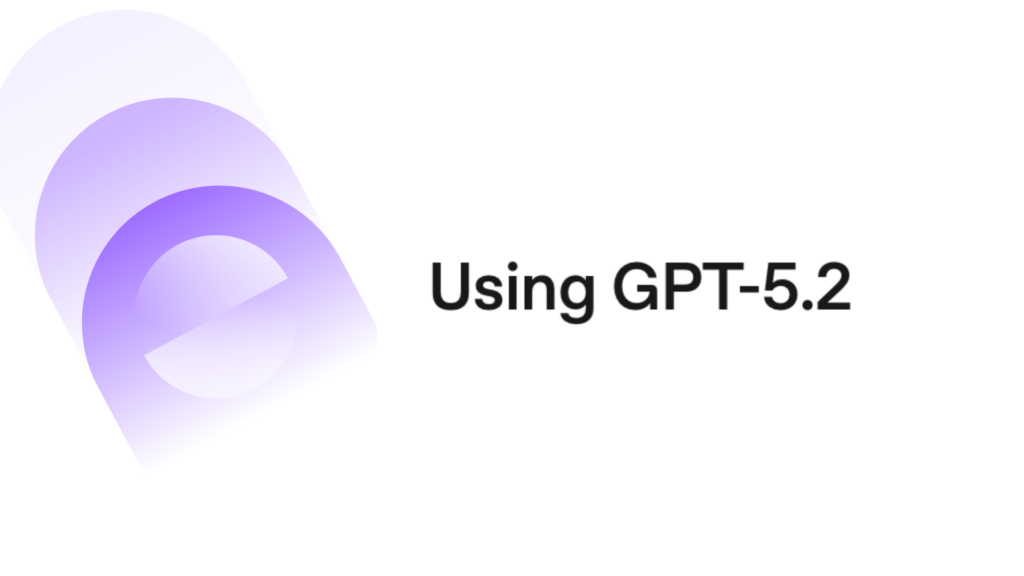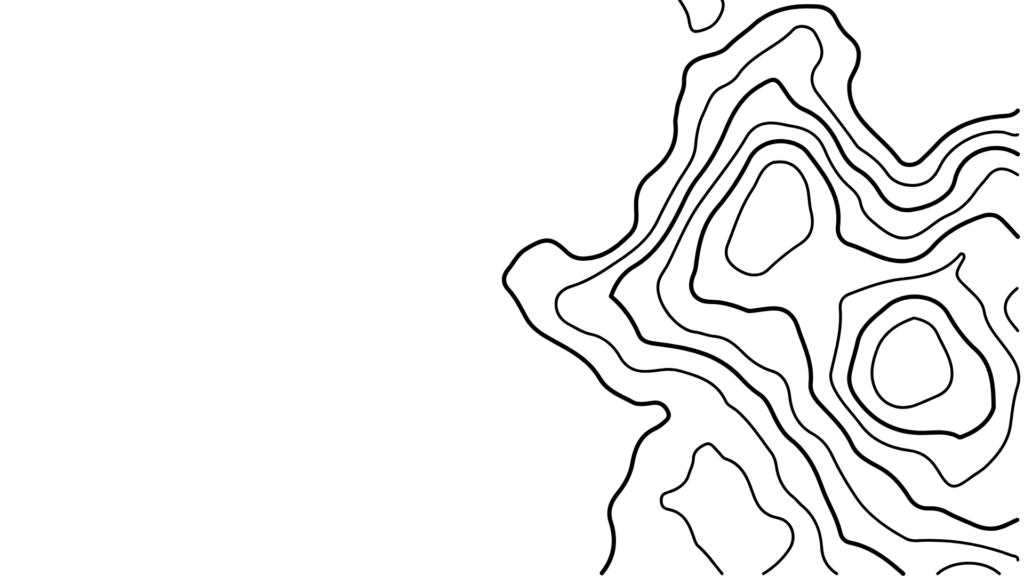If Veo 3.1 represents anything, it is the clear signal that we have officially entered the era of text-to-video editing. Just as nano banana once marked the beginning of text-to-image editing, Veo 3.1 is doing the same for video. It changes the creative process from a one-time generation into a continuous, language-driven editing workflow.
With Veo 3.1, creators are no longer limited to typing a prompt and accepting whatever the model produces. They can now use natural language to edit videos directly, adding new objects, removing unwanted elements, extending scenes, adjusting pacing, and even synchronizing sound with visual storytelling. The barrier between idea and execution is collapsing. Creativity is no longer gated by technical tools or expensive post-production skills. All you need is an idea and the ability to express it in words.
This shift is more significant than it might seem. As tools like Veo 3.1 continue to compress the time and effort required to produce professional-level video, the source of creative value will change. The people who stand out will not be those who know how to operate software. They will be those with refined aesthetic judgment, original ideas, deep understanding of human needs, and the ability to tell stories that resonate on an emotional level.
These are qualities that artificial intelligence cannot replicate. They are rooted in culture, psychology, and human connection. They are the reason people care about stories in the first place.
Veo 3.1 is more than an upgrade. It is a sign of how creative industries are evolving. As video creation becomes as simple as writing a sentence, the most important question for any creator is no longer about how to make something, but why it should exist at all. The future belongs to those who can answer that question with clarity and purpose.
Happy creating!








